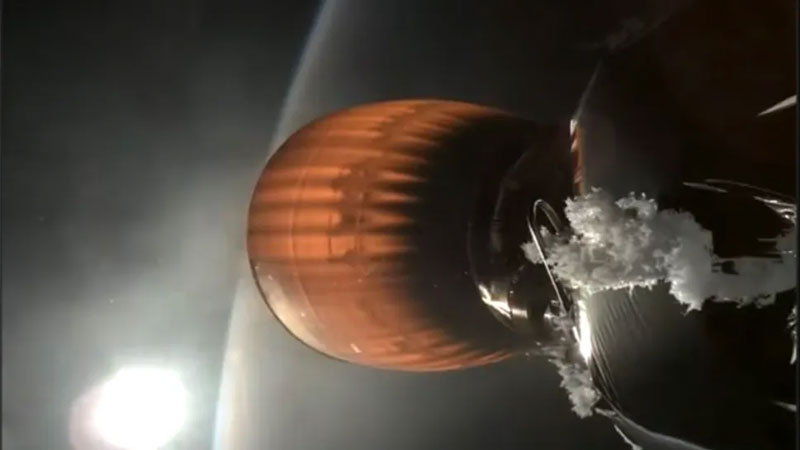On July 12, the second stage of the Falcon 9 rocket failed to restart its engines, preventing it from launching 20 Starlink satellites into orbit. They were released lower than expected – about 135 km above the Earth’s surface, entered the planet’s atmosphere and burned up. Usually in such cases, launches are stopped for several months to study the situation and take action. However, SpaceX was ready to resume Falcon 9 flights at the end of last week.

Image source: unsplash.com
«After a planned re-ignition of the upper stage engine to increase perigee, the Merlin Vacuum engine encountered an anomaly and was unable to fire a second time. This left the satellites in an eccentric orbit with a very low perigee of 135 km, which is less than half the expected altitude,” SpaceX commented on the incident.

Image source: SpaceX
The Federal Aviation Administration (FAA) required SpaceX to conduct an investigation into the incident before Falcon 9 flights resumed. So far, the launch pause has impacted several missions, including the launch of Starlink satellites, the launch of a pair of Norwegian communications satellites, and the small satellite launch mission of the Transporter rocket sharing mission. Given the pace SpaceX took with the Falcon 9, the company didn’t have much time to fix the problem.
Officially, SpaceX has not provided any additional information since then. However, the company’s engineers were able to almost immediately determine the cause of the failure and eliminate it. Therefore, within a week after the unsuccessful launch, SpaceX was ready to resume Falcon 9 flights. On July 15, the company requested FAA permission to resume launches without waiting for the end of the investigation. The FAA responded by saying it was “reviewing the request and will be guided by data and safety at every step of the process.”
SpaceX plans to launch at least three Starlink missions in a row from its two launch pads in Florida and one in California to determine the effectiveness of the fix. Before its two planned manned flights, the company wants to demonstrate the reliability of the Falcon 9 rocket, which has made more than 300 successful launches since its last accident in September 2016.
Currently, the company has an objective opportunity to launch the Starlink 10-4 mission no earlier than 07:14 Moscow time this coming Thursday. All that remains is to obtain FAA approval.